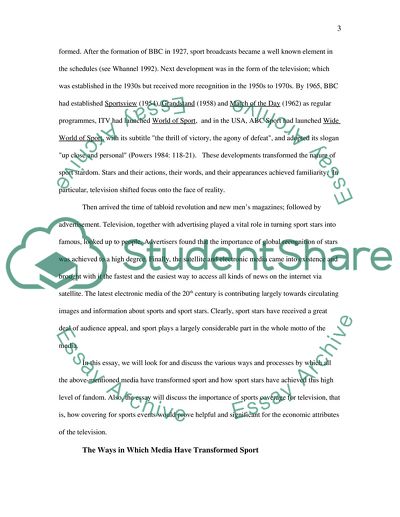Cite this document
(The Ways in Which Media Have Transformed Sport Assignment, n.d.)
The Ways in Which Media Have Transformed Sport Assignment. Retrieved from https://studentshare.org/media/1572603-media-have-transformed-sport
The Ways in Which Media Have Transformed Sport Assignment. Retrieved from https://studentshare.org/media/1572603-media-have-transformed-sport
(The Ways in Which Media Have Transformed Sport Assignment)
The Ways in Which Media Have Transformed Sport Assignment. https://studentshare.org/media/1572603-media-have-transformed-sport.
The Ways in Which Media Have Transformed Sport Assignment. https://studentshare.org/media/1572603-media-have-transformed-sport.
“The Ways in Which Media Have Transformed Sport Assignment”, n.d. https://studentshare.org/media/1572603-media-have-transformed-sport.


